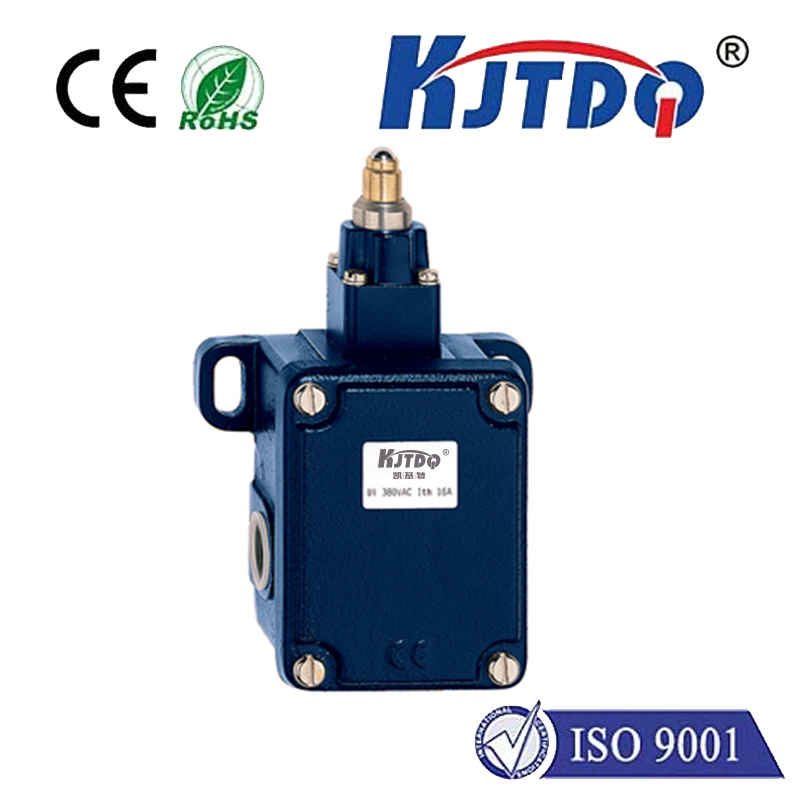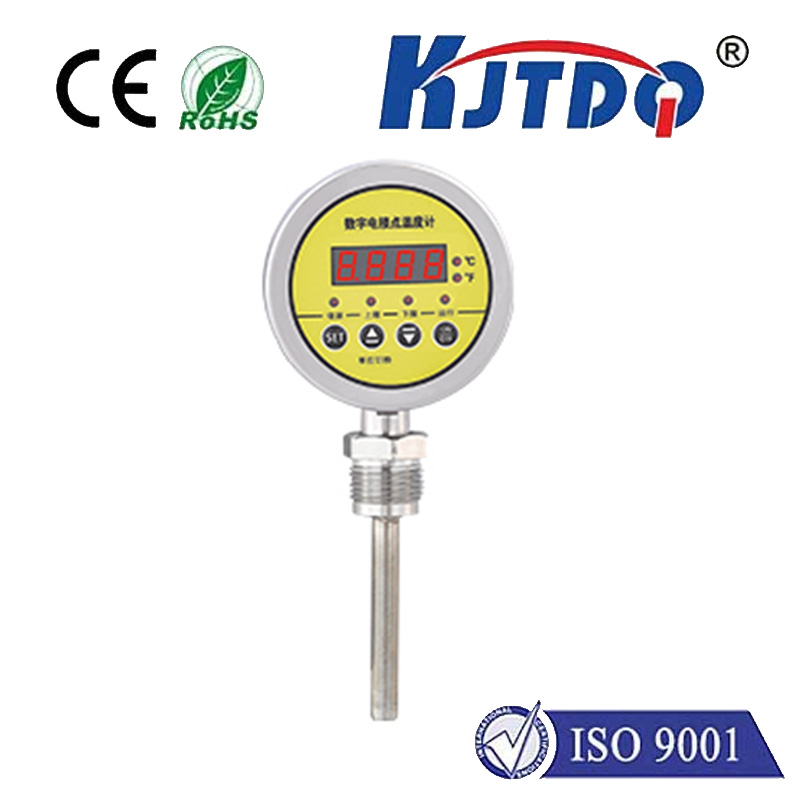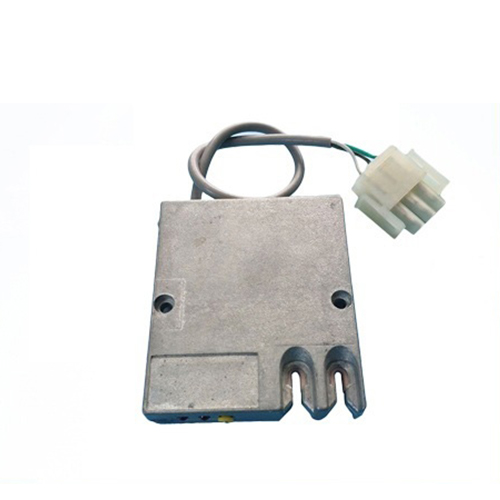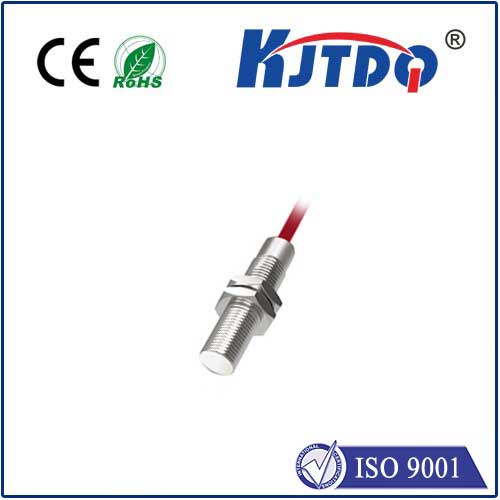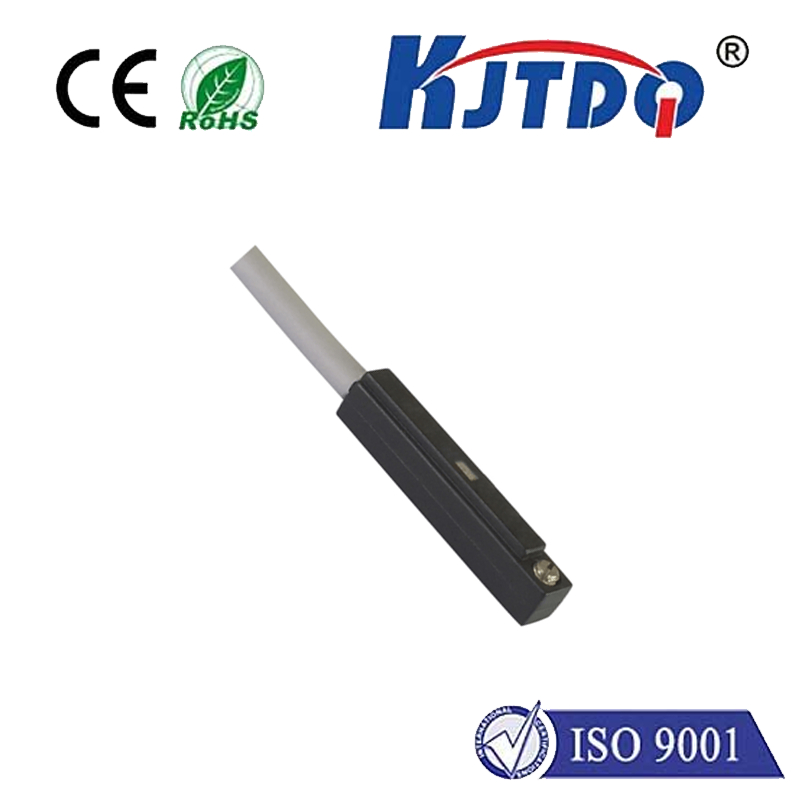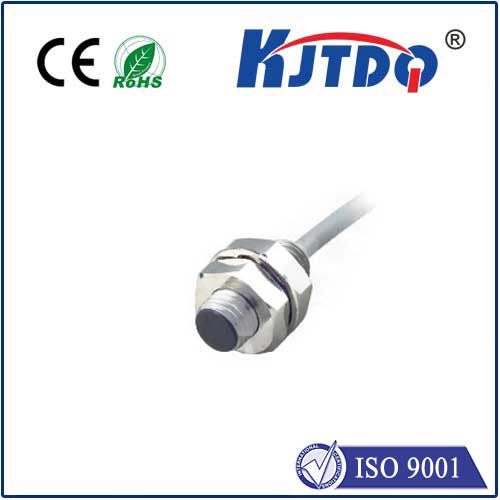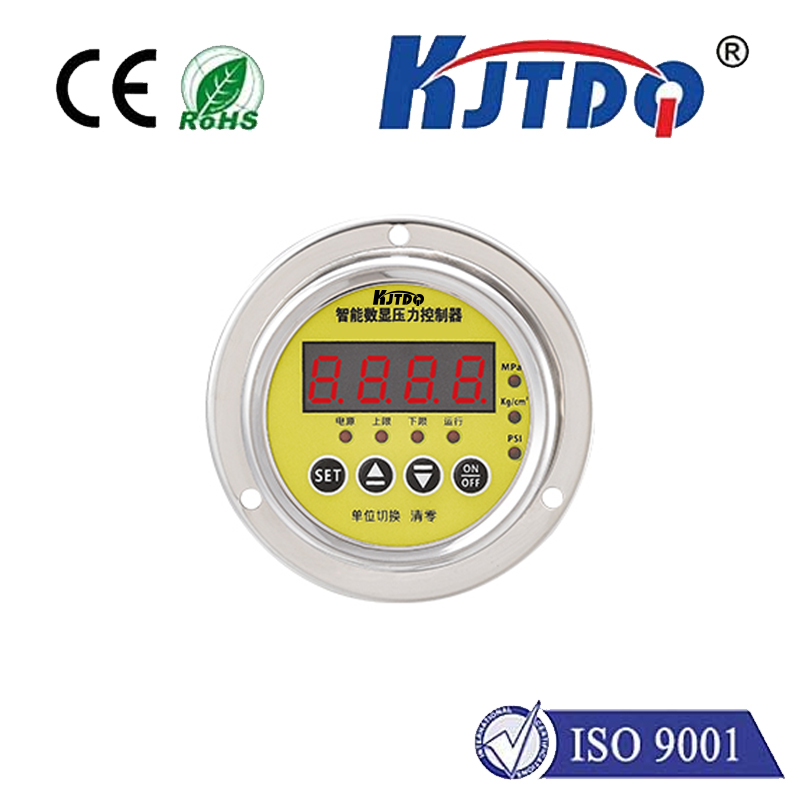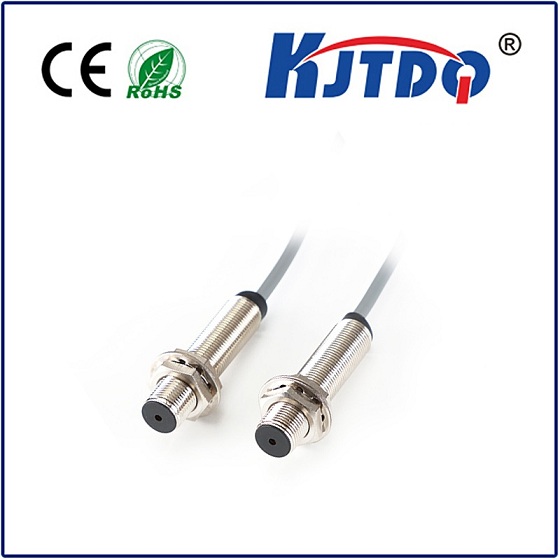inductive sensor can sense
- time:2025-07-10 01:45:21
- Click:0
What Can Inductive Sensors Detect? Unveiling Their Sensing Capabilities
Imagine a dark factory floor where robotic arms move with blinding speed. Nearby, an automated packaging line hums, sealing products at a dizzying pace. Hidden within this intricate machinery, often overlooked, are unsung heroes ensuring precision and safety: inductive sensors. Their core function answers the critical question: what exactly can an inductive sensor sense? Understanding this unlocks their vast potential across countless industries.
The Core Principle: Sensing Through Fields
At their heart, inductive sensors operate on the fundamental principles of electromagnetic induction. They contain an oscillator circuit generating a high-frequency electromagnetic field emanating from their active face. When a conductive target enters this field, eddy currents are induced within the target material. These currents absorb energy from the sensor’s oscillator, causing a measurable change – typically a reduction in amplitude. Sophisticated circuitry within the sensor detects this specific change and triggers an output signal (switching on or off). Crucially, this entire process happens without any physical contact, making inductive sensors incredibly robust and wear-free.
The Primary Target: Metal Presence and Position

So, what is the primary answer to “what can an inductive sensor sense?” Ferrous and non-ferrous metals. This is their core domain:
- Metal Detection: The most fundamental application. Inductive sensors excel at reliably detecting the presence or absence of metal objects. This could be verifying a metal part is on a conveyor belt, confirming a machine door (with a metal latch) is closed, or checking for metallic components in an assembly.
- Position Sensing: Because the sensor’s field strength changes predictably with distance, inductive sensors are superb for determining the position of a metal target. This includes:
- Proximity Detection: Sensing how close a metal object is. Used for end-of-stroke detection on cylinders, monitoring shaft rotation (via detecting keyways or lobes), or controlling robotic arm positioning relative to metal surfaces.
- Displacement Measurement: While limited in range compared to specialized displacement sensors, certain inductive proximity sensors can provide analog output proportional to distance, suitable for short-range displacement tasks.
- Distinguishing Characteristics: While all metals trigger the sensor, the detection range varies significantly based on the metal’s properties:
- Ferrous Metals (Iron, Steel): Induce the strongest eddy currents and are typically detected at the sensor’s rated operating distance (Sn).
- Non-Ferrous Metals (Aluminum, Brass, Copper): Induce weaker eddy currents. Detection ranges are generally less than for ferrous targets of the same size and shape. Sensor specifications usually provide a correction factor (e.g., 0.4 x Sn for Aluminum).
- Stainless Steel: Often has a reduced sensing range compared to mild steel due to lower permeability, similar to non-ferrous metals in effect for many standard sensors.
Key Strengths Defining Their Sensing Ability
Why choose inductive sensing where metal detection or position is needed? Their capabilities stem from inherent advantages:
- Non-Contact Operation: Eliminates mechanical wear on both the sensor and the target, enabling long operational life and reducing maintenance costs.
- Robustness: Highly resistant to dust, dirt, oil, moisture, and vibration. Encased typically in nickel-plated brass or stainless steel housings, they thrive in harsh industrial environments where optical sensors might falter.
- High Switching Speed: Capable of detecting targets moving at extremely high speeds (often kHz ranges), making them perfect for fast-paced automation and high-speed counting applications.
- Simple Integration: Typically featuring standard PNP or NPN outputs, they integrate easily with PLCs (Programmable Logic Controllers) and other industrial control systems.
- No Moving Parts: Further enhances reliability and resistance to shock and vibration.
Real-World Sensing Applications: Beyond Just “Detecting Metal”
The ability to sense metal presence and position translates into solving critical challenges across diverse sectors:
- Manufacturing & Assembly: Verifying part presence/absence at workstations, monitoring robotic arm positions near metal fixtures, detecting end-of-stroke on pneumatic/hydraulic cylinders, counting metal parts on conveyors.
- Material Handling & Packaging: Confirming metal containers are correctly positioned for filling/capping, detecting metallic foils in packaging lines, monitoring pallet presence on lifts.
- Automotive: Engine component position sensing (e.g., camshaft, crankshaft timing targets - often using specialized versions), gear position detection in transmissions, safety interlocks on machinery doors and guards.
- Metalworking: Tool breakage detection (sensing the presence of a drill bit or tool holder), monitoring spindle position, detecting metal slugs or scrap.
- Building Automation: Position feedback on elevators, automatic door safety edges (detecting the metal door panel), security systems detecting metal objects.
Understanding the Limits: What Inductive Sensors Cannot Sense
Crucially, to understand “what an inductive sensor can sense,” we must also define what it cannot sense:
- Non-Conductive Materials: Plastics, wood, glass, paper, liquids (unless metallic), and most ceramics are invisible to a standard inductive sensor. They do not generate the required eddy currents.
- Non-Metallic Objects: Regardless of color, transparency, or surface finish, if it isn’t electrically conductive (metal), it won’t be detected.
- Long-Range Detection: Standard inductive proximity sensors typically offer sensing ranges from 1 mm to 60 mm, rarely exceeding this. Applications requiring detection over several centimeters or meters need different technologies.
- Through Non-Metallic Barriers: While they can detect metal targets behind thin, non-conductive materials like plastic, the sensing range is significantly reduced (and depends heavily on material thickness and type).
Choosing the correct sensor hinges entirely on whether the object you need to detect or monitor is metallic. For this specific capability, combined with ruggedness, speed, and non-contact operation, inductive sensors remain a cornerstone of industrial automation, providing reliable, contactless sensing of metal targets in environments where other sensors might fail. They are the silent guardians ensuring processes run smoothly, safely, and precisely, one detected metal object at a time.













